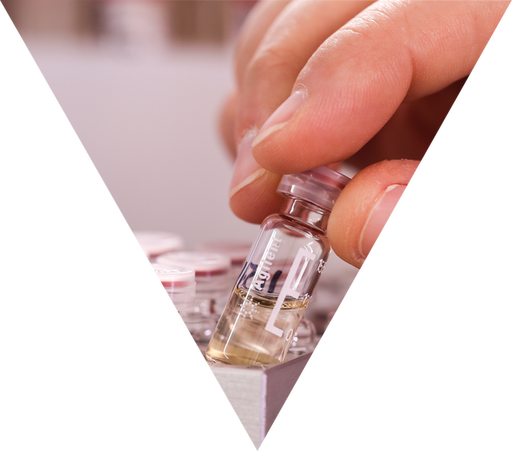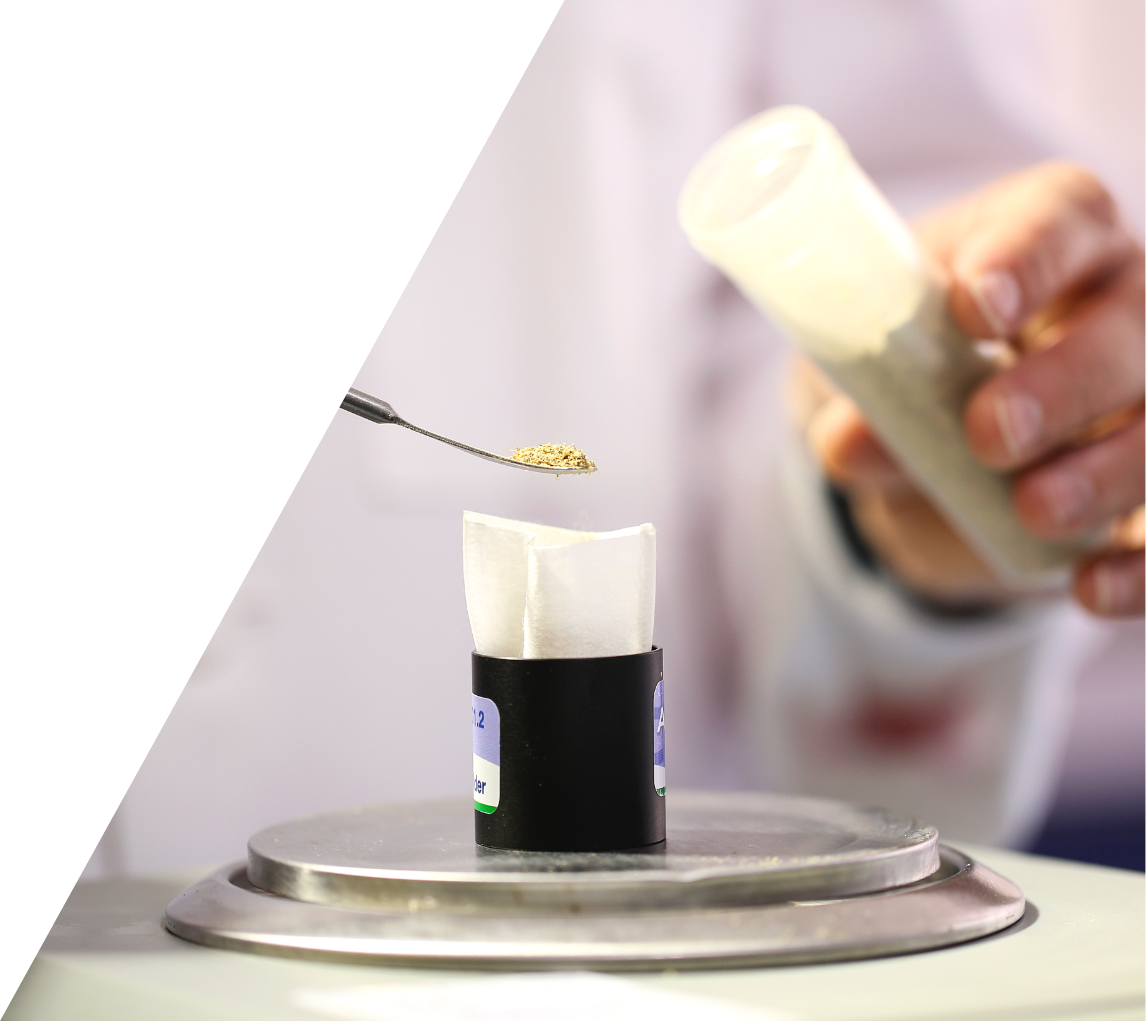Going Back 2 Basics: What is the difference between in vitro and in vivo mycotoxin research?
Understanding mycotoxins and the impacts that these compounds can have on animals is always complex. There are many factors that can influence the production of mycotoxins by moulds, and mycotoxin concentration may be variable even within one feedstuff/feed.
Additionally, the way that they impact animals can vary from farm to farm depending on the type of mycotoxins, the concentration, and the performance or health status of the animal.
Evaluating the efficacy of binding products to reduce mycotoxin challenge to the animal adds additional complexity to the problem of mycotoxins. There are three methods of evaluation: in vitro, ex vivo and in vivo.


VITRO
RESEARCH
VIVO
RESEARCH

In vitro research:
testing in the laboratory
In vitro models are aimed at screening adsorbents typically in the presence of a single mycotoxin. Use of in vitro analysis helps to unravel the mode of action of these products in conditions that approximate their intended physiological use. Based on accepted referenced methods published in scientific literature or regulatory recommendations, in vitro adsorption assays should measure a full kinetic of adsorption over several ranges of mycotoxin concentrations and over several binding product inclusion levels. In vitro analysis should consider the reaction conditions such as pH, osmolarity, temperature and length of reaction time.
Although in vitro laboratory analysis is inexpensive and rapid, it can often be inaccurate due to some limitations with this approach:
The in vitro procedure tests for binding of individual purified mycotoxins. Under practical feeding conditions, animals are exposed to multiple mycotoxins simultaneously and this could greatly affect the apparent binding efficacy of an adsorbent for any individual mycotoxin.

Moreover, mycotoxins in naturally-contaminated feedstuffs are not in the free form as that of the purified mycotoxins tested in the in vitro procedure. Often, natural mycotoxins in feedstuffs will be bound to the feed material and may also be in conjugated forms which occur when additional components get added to the mycotoxin chemical structure. The laboratory in vitro procedure does not test the efficacy for binding these different forms of mycotoxins which may make up a very significant fraction of any given mycotoxin found in naturally-contaminated materials (Berthiller et al., 2013).

In vitro testing may not consider different pH values. Changing pH can have a great influence on binding. The portion of the intestinal tract which will be most relevant regarding mycotoxin absorption is the small intestine. This tissue has a very high surface area due to the presence of villi and microvilli which will promote mycotoxin absorption by passive diffusion. The pH of the contents of the small intestine are slightly alkaline due the buffers secreted by the exocrine pancreas and are generally at about pH 7.5, not 3 or 6.5.
In vivo analysis:
animal model to provide information on mycotoxin risk and remediation
Research conducted using in vivo experimentation, or trials conducted with an animal model, are generally more appropriate for determining the how mycotoxins and binding agents could influence animal performance.
The big advantages are that in vivo studies can:



Test the feeding of naturally-contaminated feedstuffs which contain multiple co-contaminants in both free and masked (conjugated) forms. Although an in vitro analysis may show efficiency of a product to bind a certain mycotoxin, naturally contaminated feedstuffs and feed may contain a variety of mycotoxins from fungal species such as Fusarium, Aspergillus and/or Penicillium. Therefore, naturally contaminated feedstuffs have often been shown to be more harmful to the animal than pure crystalline mycotoxin added to the diet. This difference may be due to the potential mixture of multiple mycotoxins present and/or the interaction of the mycotoxins with the feed matrix.
Take into account the physiology of the digestive tract including rates of passage, pH and refluxing of ingesta. Each of these factors play a role in how mycotoxins are absorbed into the animal or how they interact with mycotoxin binding agents.
Consider environmental effects such as housing density, temperature stress, animal genetics and disease challenges. Health and nutritional status can play an important role in how an animal responds to a mycotoxin challenge, and how a mitigation product may function.
VIVO RESEARCH